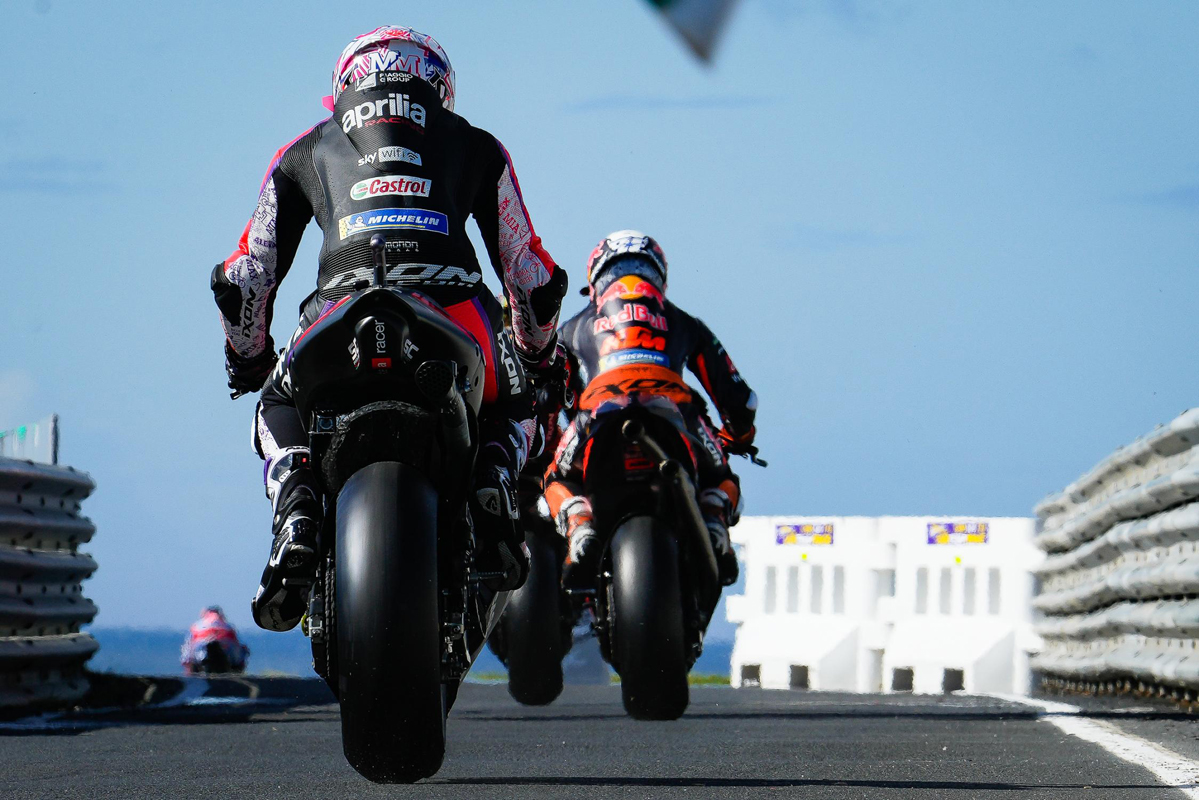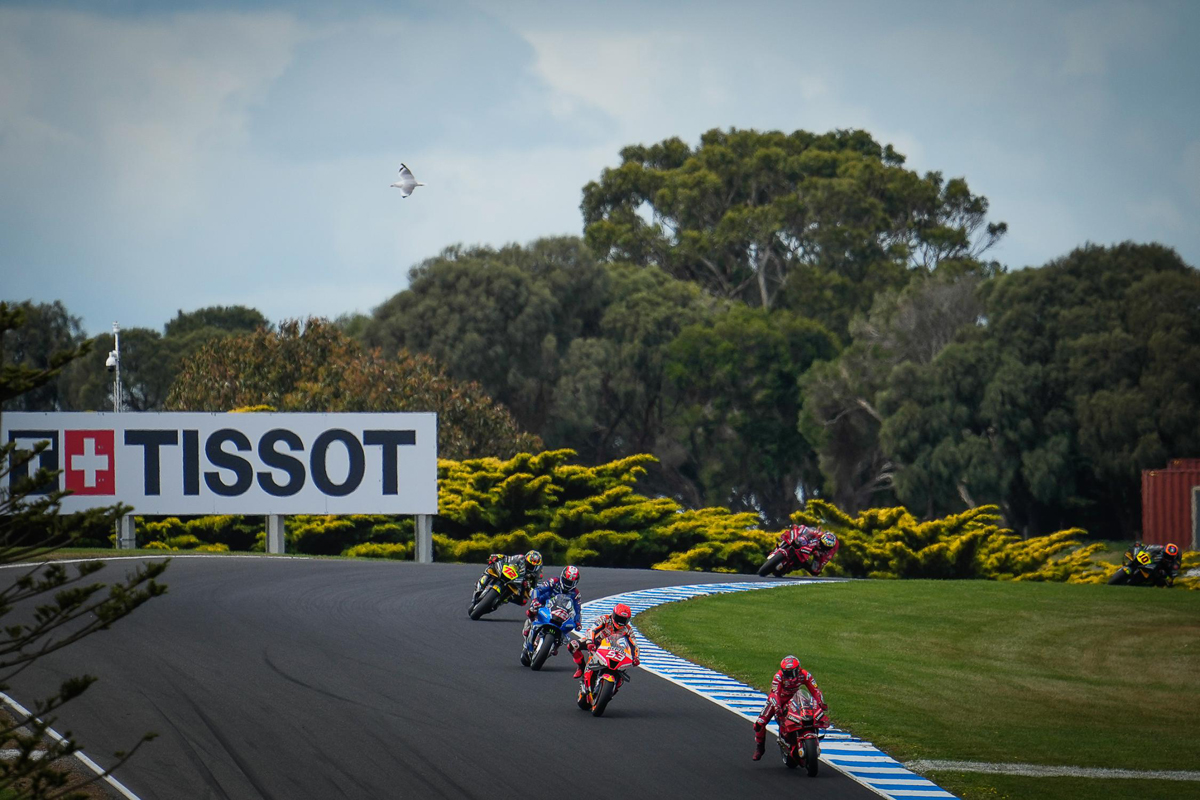
Oh, for goodness’ sake! Where do you even begin to talk about that MotoGP race? I pity anyone trying to write a race report in the traditional sense; I mean, how do you start trying to describe what happened if you are giving a blow-by-blow account? It would have to be about 5,000 words long and you still wouldn’t be able to convey the spectacle.
If Philip Island told us anything, it’s that we can’t afford to not go to Philip Island ever again. I don’t care if the teams and riders get stranded there by the next pandemic: a season of 20 races at Philip Island will do me just fine, thank you very much.
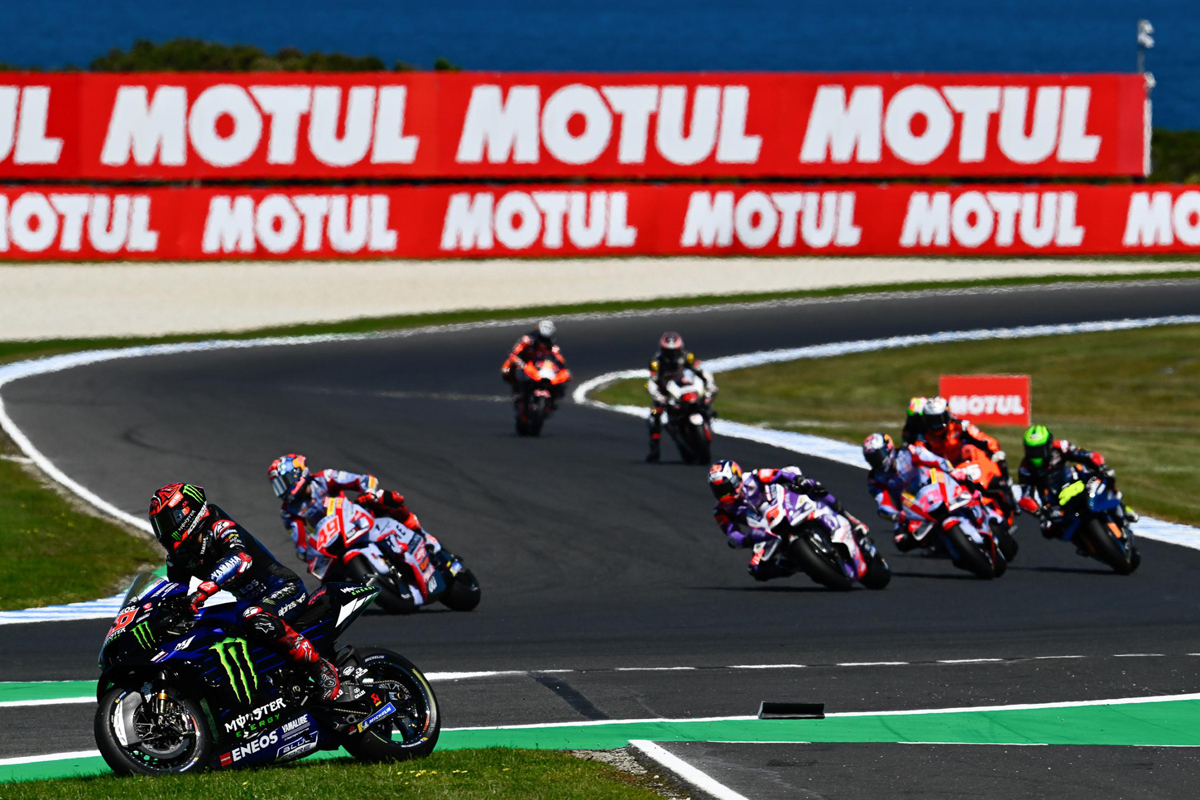
This was a race of intelligence. Well, most of the time. Quartararo made a big mistake under braking and was sent straight to the back of the class. He then proceeded to race harder than the Yamaha would allow, ran wide into turn two and paid the price as his front tyre ran out of grip. He’s been riding over the limit the whole year and, if you keep doing that, you are going to tempt fate once too often. Australia wasn’t the first time that has happened and that, as much as Bagnaia’s devastating form, has been Quartararo’s undoing.
It would be easy to say that he should have used his noggin and kept it on the island (literally, in reference to where they were racing) but he had to push just to get into the points, let alone catch the leaders. He threw the dice and lost, simple as that.
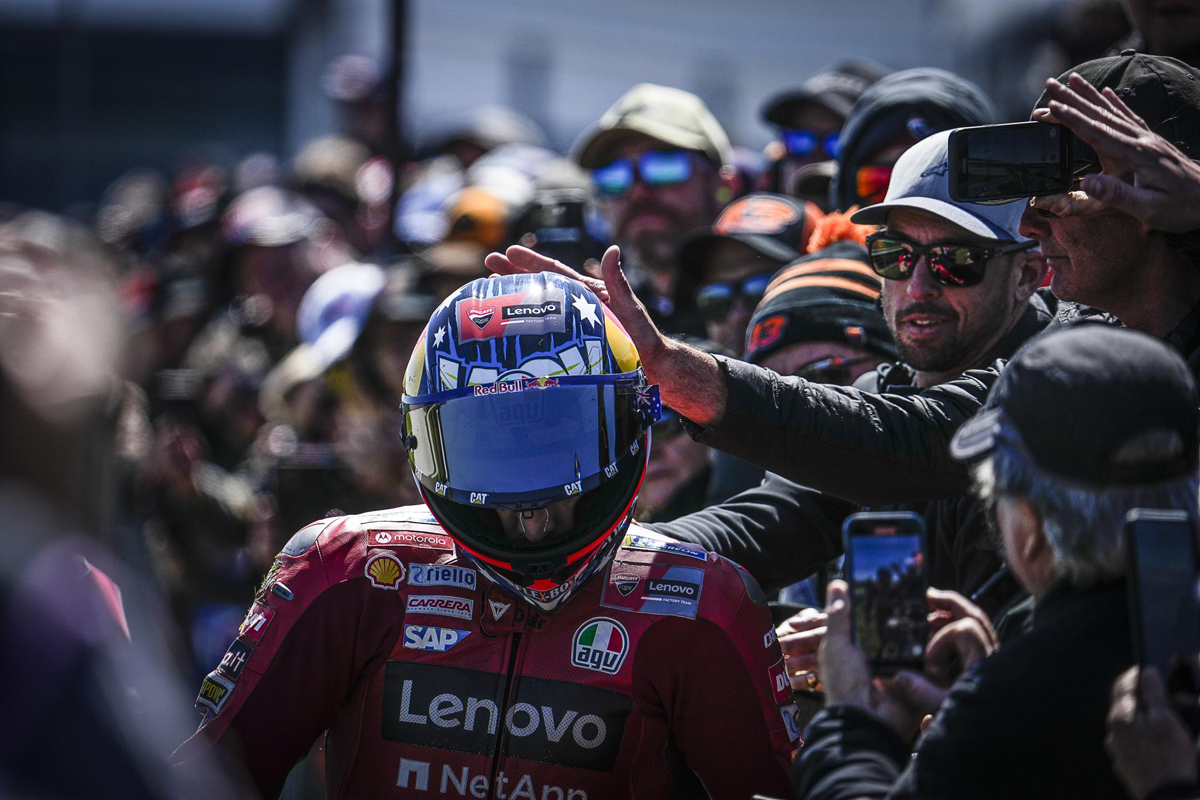
Once he knew that Quartararo was out, Bagnaia’s intelligence came to the fore. He was fast but knew that just to finish in the points would be enough to give him the advantage over Quartararo in the championship, so he didn’t fight too hard: indeed, he couldn’t fight in the last few laps as his front tyre had just about had enough, so he stroked it home to the finish, a podium being reward enough.
Then you had Marc Marquez who, inexplicably, went to the grid with the soft rear Michelin fitted when everyone else was on at least the medium. Why would he do that?
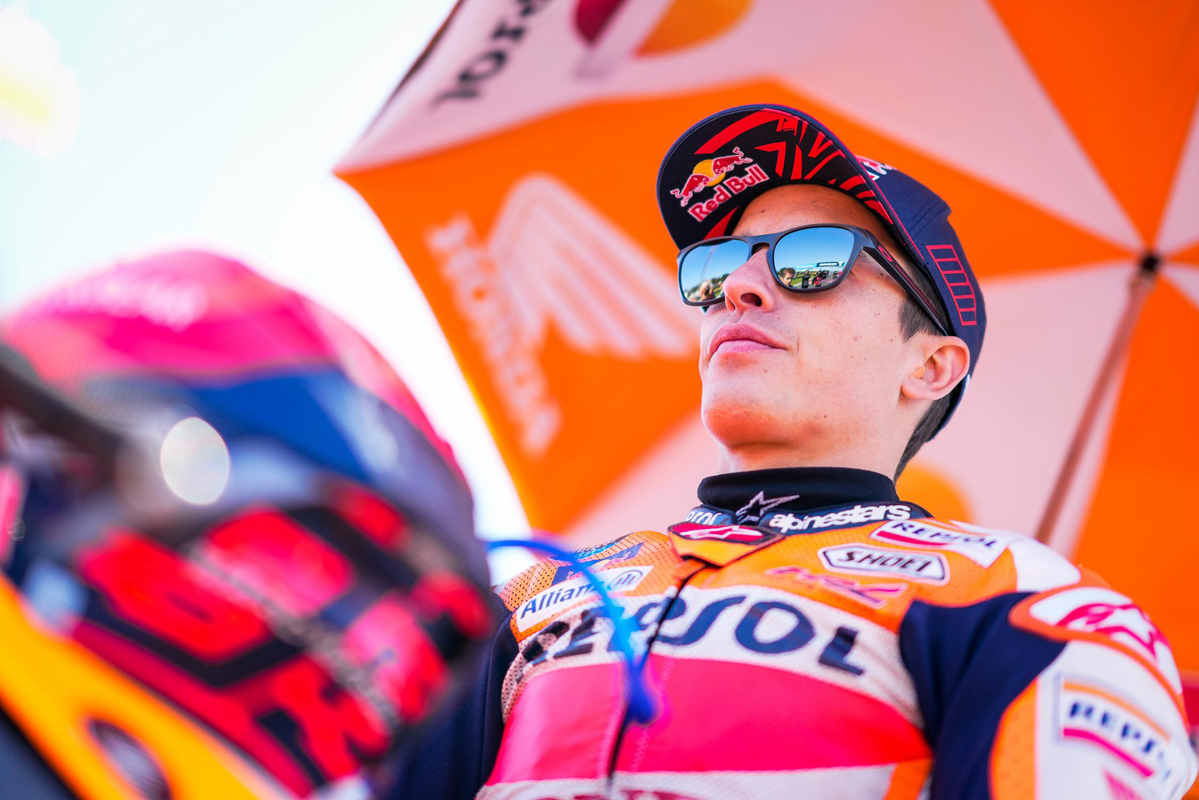
He reasoned that everyone else would be trying to save their tyres to make them last the distance, so the lap times would be lower than normal. He figured that he could fit the soft rear and have the advantage of better grip but also make it last to the finish given the lower lap times. He was right!
Similarly, Alex Rins had the intelligence to realise that the likes of Bagnaia and Marquez were riding slower than they could, so he could also ease the pace and save his tyres, something the Suzuki is already good at so he had even more tyre to fight with at the end. He couldn’t match the Ducati on top speed (although he wasn’t far off – only 4.4 km/h, as opposed to 17.3 km/h slower for the Yamaha) but having more tyre at the end of the race gave him more options.
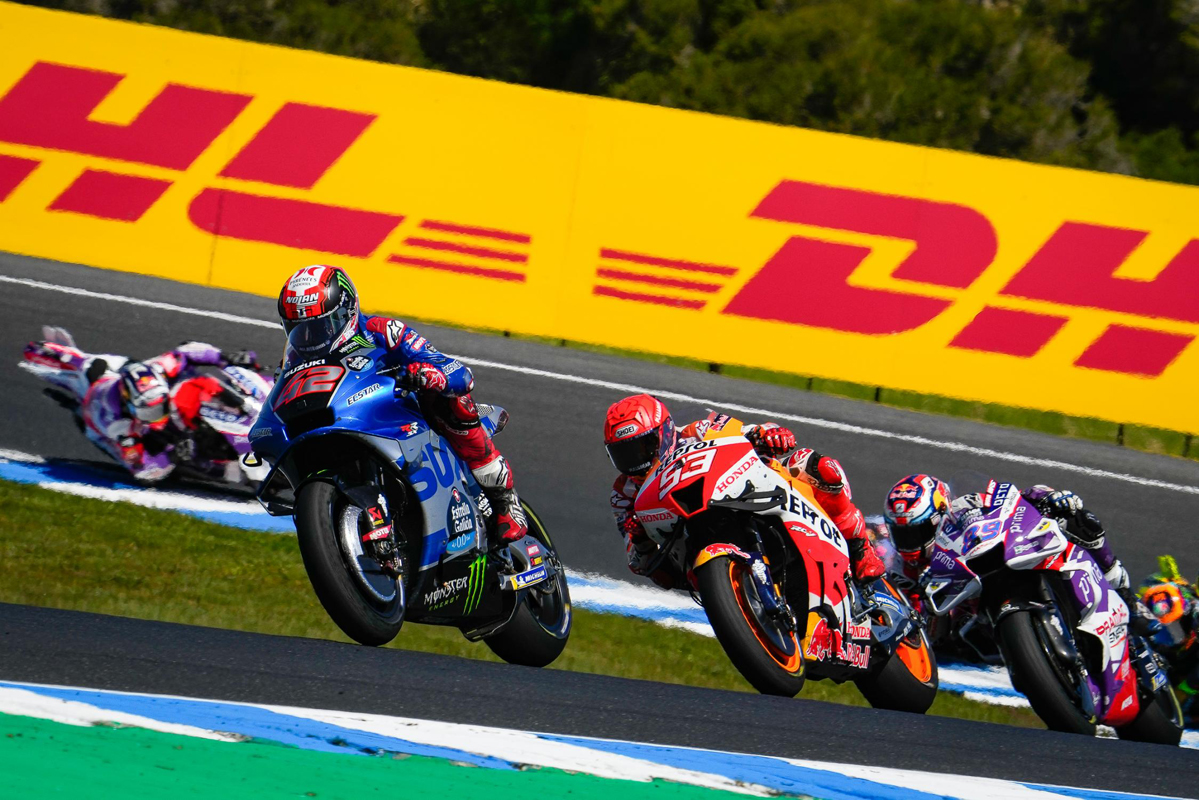
“Before the race, we made a plan,” said Rins. “We put a cross on the corners where I had to take care of the tyres. Here (at Philip Island) you don’t need to take a lot of care with the right side of the tyres, so I was using good corner speed through turn 1 and asking a bit more of the rear tyre than the others, exiting with some spin. This was the key: it gained me a lot of positions.”
That’s the level of intelligence that allows these guys to understand which corners you can use and at which others you need to ease through to conserve the tyre. And this isn’t a static thing: it changes on every lap as the race progresses so the riders have to calculate every corner of every lap. All the time tackling some of the most daunting corners on the calendar, watching where your opponents are weak and defending from attack from behind.
It’s all I can do to write that sentence so it makes sense!
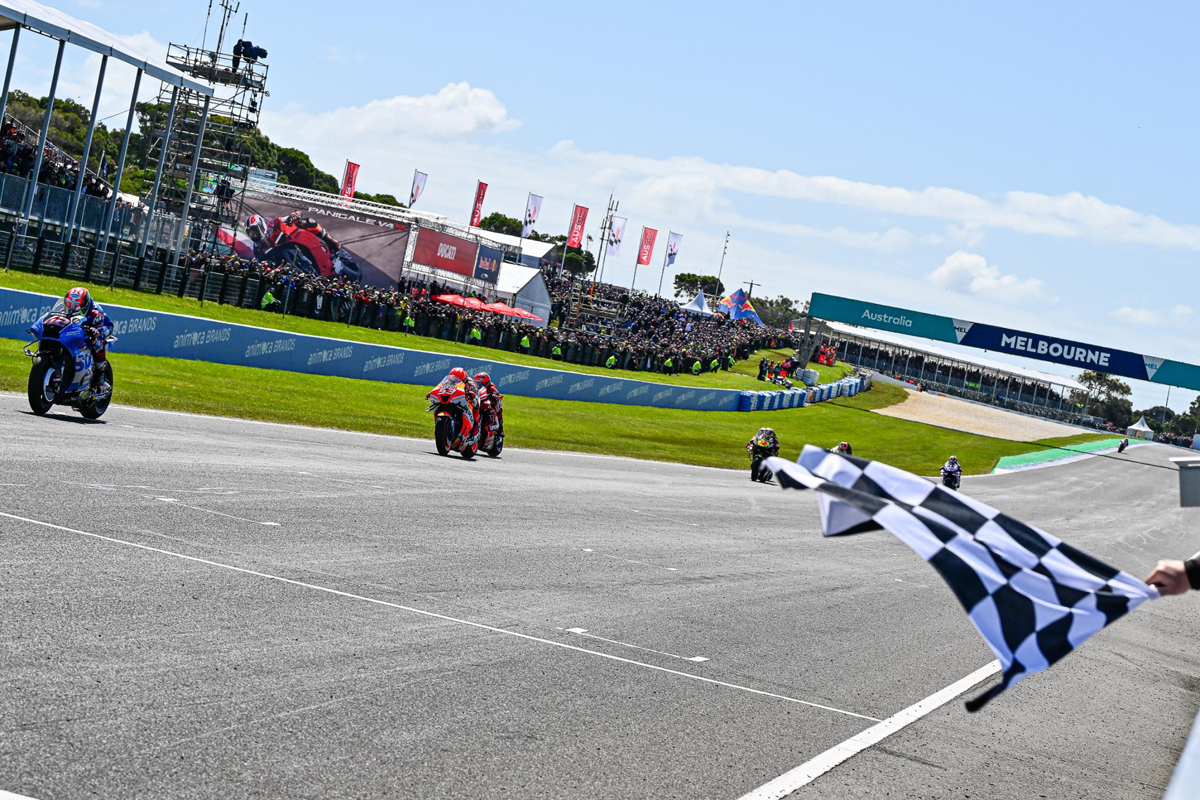
At the finish line, Rins was two-tenths of a second ahead of Marquez who, in turn, was four hundredths ahead of Bagnaia. It was the second closest top ten in premier class history, with the top ten being covered by about 6 seconds, Binder taking tenth place after a see-saw race. For the whole race, we were treated to a thrusting, challenging group of riders at the front, akin to a Moto3 race. It was breathtaking to watch and set up the title fight going into the final two rounds nicely.
One of the big talking points this year has been the lack of overtaking, largely due to the aerodynamic wash created by the winglets on the bikes. If that is the case, then what the hell happened at Philip Island, where there were more overtakes than at any other race? Possibly more overtakes than every other race combined this season. It was hard to keep track of it but it was brilliant fun while it lasted.
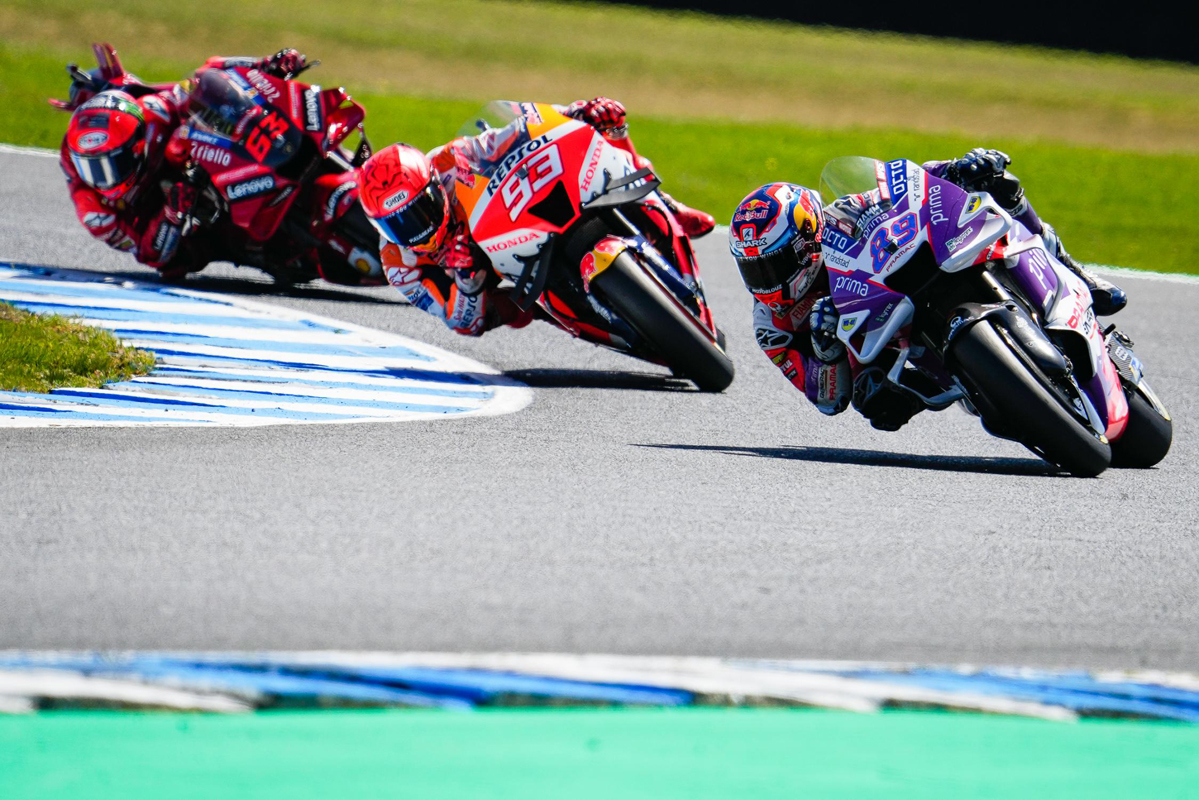
Of course, the other talking point – and one that will have every other rider worried – was Marc Marquez. Not only did he produce one of his signature saves during practice, picking the bike up on his right elbow after he lost the front, but he then battled throughout the race for the lead. That he missed out on a victory was simply because Rins and the Suzuki were better on the day but if this is what Marquez can do on a bike into which he has had precious little input, imagine what he will be capable of next year, fully fit and on a bike he has had a hand in developing!
For us, the fans, it is a mouth-watering prospect: Yamaha, Honda, Ducati and KTM are all capable of winning, with winning riders on board, all fighting at the sharp end of the race.
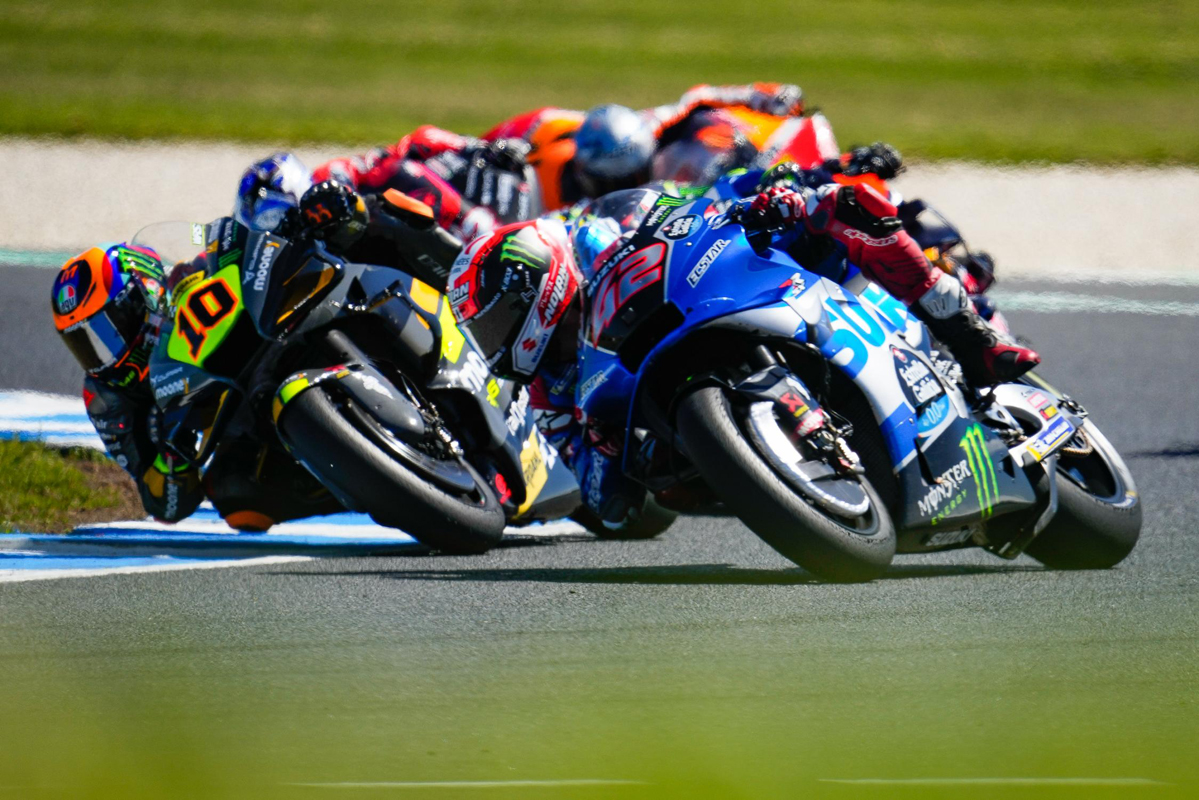
The final talking point from Australia concerns the speed of the satellite Ducatis on the grid. Both the Mooney VR46 riders, Bezzecchi and Marini, were looking very fast towards the end of the race and there was the chance that one or the other of them would deny Bagnaia a podium or several points. Despite Bagnaia claiming that he needs no artificial help to win the championship, would it not be wise for Ducati to tell all their other riders to back off a little? An overtake costing points is one thing, but an overtake that skittles Bagnaia out of the race is another thing entirely.
Enea Bastianini, who has already won four races this year, had the misfortune of having his airbag deploy, dropping him to 17th. He then put in an astonishing ride and was only half a second behind Rins at the flag, finishing fifth. With that pace, would he have romped to a fifth victory had he not had to fall back at the beginning? All we can hope is that moving to the factory Ducati gives him a bike with which he can exploit his stunning talent, something that hasn’t always been the case for satellite Ducati riders moving to the top table.
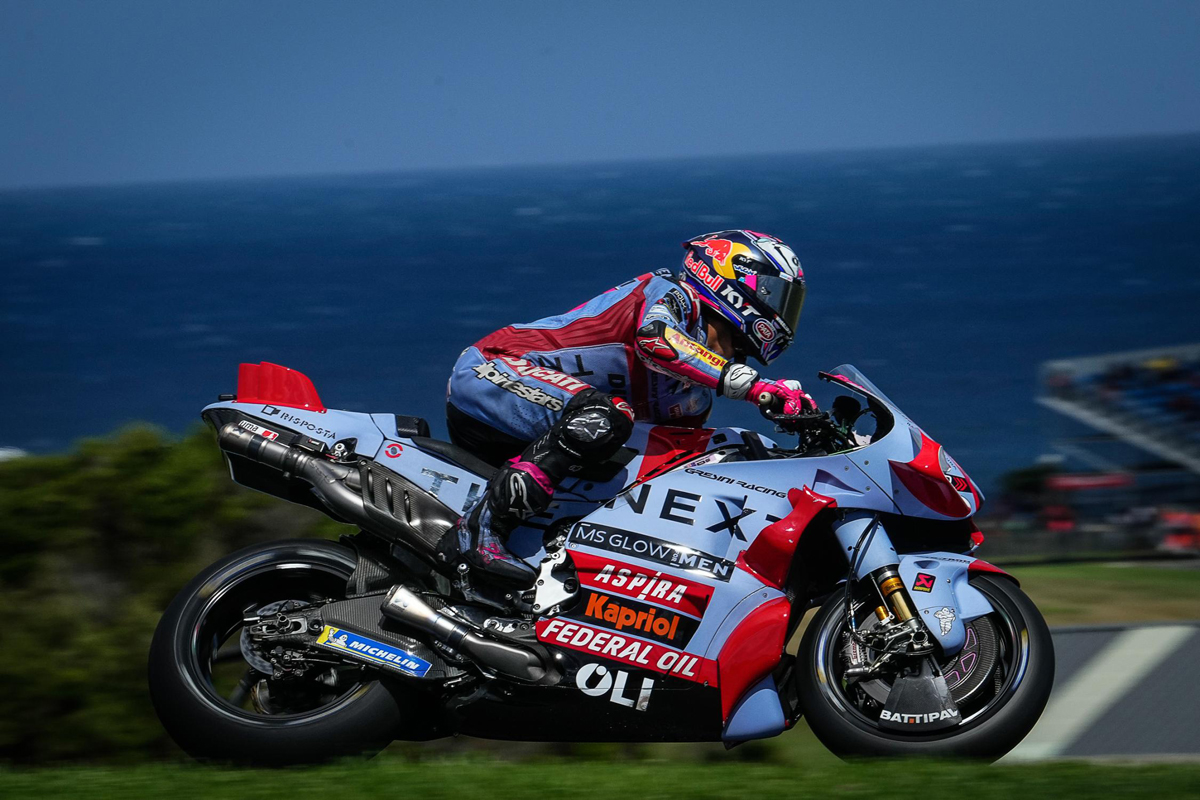
Moto3
Looking at Moto3 for a change, there are talks in progress to have an upper age limit for participating. This flags an interesting set of conundrums.
Too many older riders prevent seats from opening up for new talent to come through. However, that new talent needs to measure its skill against the older riders, to be seen beating the older – and good – riders.
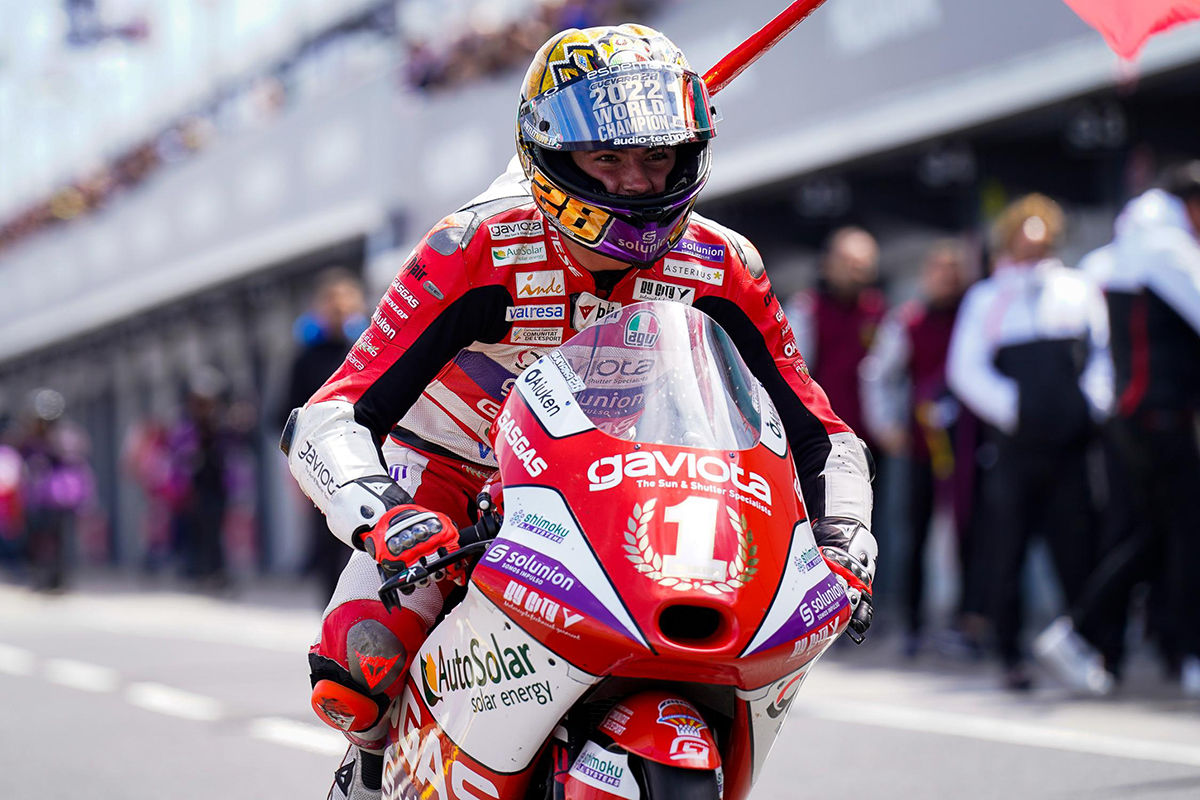
Having said that, if an older rider is running consistently in the top five and not merely a space-filler, then who is to say they should be denied a place on the grid? Yes, they could move up to Moto2 but that all depends on there being space available in that class. Who’s to say they should be prevented from racing if circumstances dictate that progression is not possible?
And so to Malaysia. Bagnaia can wrap up the championship if he wins and Quartararo finishes fifth or lower. Quartararo can also keep the championship alive going to Valencia by winning in Malaysia, something that he is completely capable of doing.
I get the feeling that the surprises have not entirely finished in the 2022 championship just yet.
